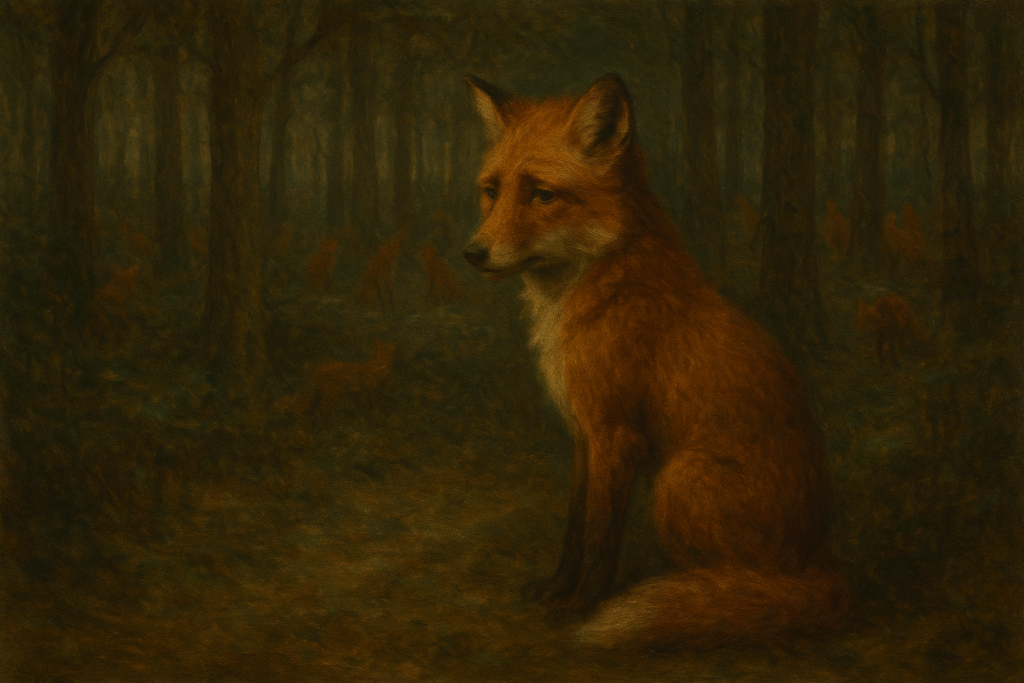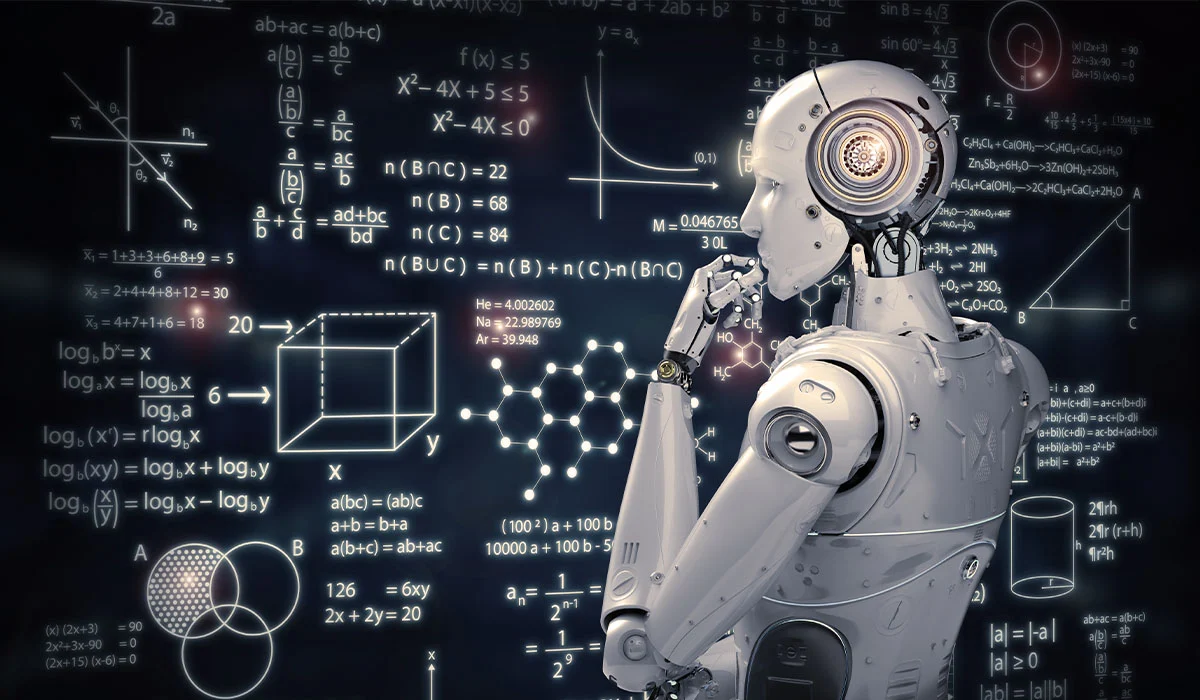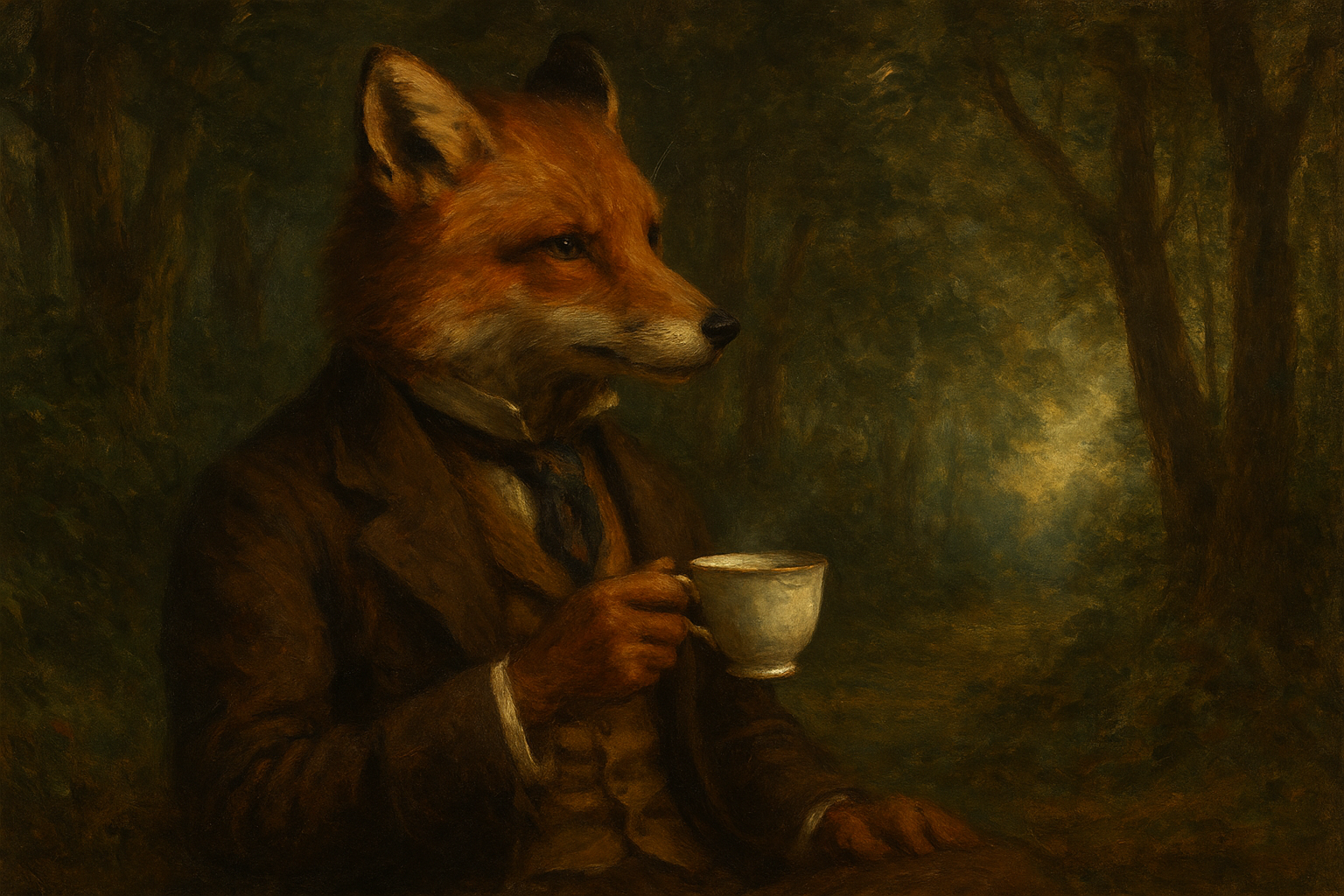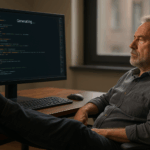When OpenAI first gave ChatGPT the ability to create images through DALL·E 3, it felt like magic. You could type a description — “a fox in a 19th-century oil painting style, sipping tea in a forest” — and within seconds, you had a vivid scene conjured out of nothing. But as spectacular as it was, this process was a collaboration between two separate intelligences: one for text, one for visuals. Now, with the arrival of GPT-5, that split has vanished. Image creation isn’t an outsourced job anymore — it’s part of the model’s own mind. The result is not just faster pictures, but smarter ones, with deeper understanding and a new ability to refine them mid-conversation.
The GPT-4 Era: DALL·E 3 as the Visual Wing
In GPT-4’s time, image generation was essentially a relay race. You described your vision in words, GPT-4 polished your phrasing, and then handed it over to the DALL·E 3 engine. DALL·E 3 was a powerful image generator, but it was a separate model, with its own training, quirks, and interpretation of prompts.
This separation worked well enough for most casual uses. If you wanted a children’s book illustration, you could get something charming and colorful. If you asked for photorealism, DALL·E 3 would do its best to match lighting, texture, and perspective. However, the collaboration had inherent friction.
For one, GPT-4 could not “see” the images it had generated through DALL·E 3. Once it passed the baton, it lost awareness of the output. If you wanted a change, you needed to describe the adjustment verbally, and GPT-4 would send new instructions to DALL·E 3, starting almost from scratch. This meant changes like “make the fox’s fur slightly redder” could sometimes result in an entirely different fox, because the generator was working from a new interpretation rather than a precise modification of the first result.
There was also the matter of artistic consistency. DALL·E 3 could produce breathtaking one-offs, but if you wanted the same character in multiple poses or scenes, success was unpredictable. You could feed it careful, prompt engineering — detailed descriptions of the character’s appearance in each request — but continuity still depended on luck. Inpainting (editing specific parts of an image) existed, but it required separate workflows and could be clumsy for fine-grained tweaks.
And while DALL·E 3 was exceptional in understanding creative prompts, it sometimes missed the subtler interplay between narrative and visuals. Ask it for “a painting of a fox that subtly reflects loneliness in a crowded forest,” and you might get a stunning fox, but the “loneliness” would be hit-or-miss, especially without heavy prompting. The text and image systems were speaking two slightly different dialects.

The image above was generated by ChatGPT-5.
The GPT-5 Leap: One Brain for Words and Pictures
GPT-5 changes this architecture entirely. The image generation engine is no longer a distinct external model that ChatGPT must hand off to. Instead, image generation is integrated directly into the multimodal GPT-5 system. The same neural framework that interprets your words also understands visual composition, lighting, style, and narrative cues — all in a single reasoning space.
This unity brings a fundamental shift. When GPT-5 produces an image, it doesn’t “forget” it the moment it appears. The model can analyze its own output, compare it to your request, and adjust accordingly without losing character, style, or composition. You can generate a painting, ask the AI to change only the expression on a character’s face, and it will actually work on that exact image, preserving the rest intact.
The improvement in multi-turn refinement is dramatic. In GPT-4’s DALL·E 3 setup, iterative changes often felt like a gamble. In GPT-5, it feels like working with a digital artist who keeps the canvas open while you give feedback. You can say “Make the background dusk instead of daylight, but keep everything else the same” and get precisely that — no inexplicable wardrobe changes, no sudden shifts in art style.
Depth of Understanding: From Instructions to Atmosphere
The integration in GPT-5 also deepens its grasp of abstract or multi-layered artistic direction. While DALL·E 3 was strong at turning concrete nouns and adjectives into visuals, GPT-5 can interpret more nuanced emotional and narrative cues.
If you ask for “an alleyway in watercolor that feels both safe and dangerous at the same time,” GPT-5 is better equipped to translate the paradox into visual language. It might balance warm tones with shadowy corners, or create a composition that draws the viewer’s eye between comfort and unease. Because the same model processes both your wording and the artistic implications, it can weave narrative intent into the final image more faithfully.
This also means GPT-5 handles style blending more coherently. Combining multiple artistic influences in DALL·E 3 could produce muddled or inconsistent results — a prompt like “a portrait in the style of both Rembrandt and a cyberpunk neon aesthetic” often skewed toward one influence. GPT-5, by reasoning about these styles internally, can merge them in a way that feels deliberate rather than accidental.
Consistency Across Scenes and Characters
One of the most requested features in the GPT-4/DALL·E 3 era was consistent characters across multiple images. This was notoriously unreliable before. Even with carefully crafted prompts, generating “the same” person or creature in a new setting often produced close cousins rather than twins.
GPT-5 addresses this with its unified memory for visuals in the current conversation. When you generate a character, GPT-5 can remember their defining features and reproduce them accurately in new images without re-describing every detail. This makes it far easier to create storyboards, comic strips, or any sequence of related illustrations.
Because GPT-5 sees and understands its own images, it can also compare a new image against an earlier one and adjust to match. If the original fox in your forest had a particular shade of fur and a distinctive scarf, GPT-5 can spot when a later image diverges and correct it — something GPT-4 simply couldn’t do without you micromanaging the prompt.
Technical Gains: Resolution, Detail, and Speed
Beyond the structural shift, GPT-5 delivers tangible technical improvements in image generation quality. Details are sharper, textures more lifelike, and lighting more naturally integrated into scenes. Hair, fur, fabric, and other fine materials that could appear soft or smudged in DALL·E 3 often look crisper and more dimensional in GPT-5 outputs.
The speed is another noticeable change. With GPT-4, your request had to travel from ChatGPT’s text model to the DALL·E 3 model, process there, and then return. GPT-5 keeps the entire process internal, cutting out the handoff delay. While generation time still depends on complexity and server load, it feels more fluid — closer to a real-time creative session than a send-and-wait exchange.
Refinement Loops: Seeing and Thinking Together
Perhaps the most transformative difference is GPT-5’s ability to engage in a true feedback loop with its own visual work. This is the “see–refine” capability that was absent in GPT-4’s setup.
In GPT-4, if you said “The fox’s tail should be longer,” it couldn’t look at the image and measure or evaluate the tail; it could only trust that DALL·E 3 would interpret “longer tail” correctly. GPT-5, however, can visually inspect the existing tail, determine how much longer it should be to fit your description, and then make exactly that change without redrawing unrelated parts.
This means creative iteration becomes less about luck and more about precision. You’re no longer hoping the generator will interpret your words the same way twice — you’re working with a model that has its eyes on the same canvas you do.
A Shift in Creative Control
For artists, designers, and storytellers, the difference between GPT-4 and GPT-5 is less about raw image quality and more about control. GPT-4 with DALL·E 3 could give you something spectacular, but it was like collaborating with a brilliant but forgetful painter: they might change your subject’s hair or shift the setting without meaning to, simply because you asked for a new mood.
GPT-5 behaves more like a studio partner who remembers every brushstroke and keeps the reference images pinned to the wall. You can walk through changes step by step, confident that what you liked will remain untouched while the new elements evolve.
This also changes how you think about creative prompting. With GPT-4, many users learned to front-load every possible detail into the initial prompt, fearing that later tweaks would destabilize the style or composition. With GPT-5, you can start broad — “a fox in a forest” — and refine in conversation toward exactly the scene you want, knowing the fox’s look will persist through every change.
The Road Ahead
While GPT-5’s integrated image generation is a leap forward, it also hints at a larger trend in AI design: the merging of modalities into a single, coherent intelligence. The days of separate text, image, and audio models stitched together by API calls are fading. Instead, models like GPT-5 suggest a future where all creative tasks — from drafting a screenplay to illustrating it to animating the scenes — happen within one unified cognitive space.
For image generation specifically, GPT-5 proves that integration isn’t just a technical convenience; it’s a creative unlock. By removing the barrier between the language model and the image model, OpenAI has made it possible to have a genuine dialogue with an AI artist — one that listens, sees, and paints with the same mind.
The implications go beyond faster turnaround or prettier pictures. This integration means that artistic intent can flow more seamlessly from concept to canvas, with fewer lost nuances and more faithful execution of complex ideas. It’s the difference between telling one friend what you want and asking them to tell another friend to make it, versus speaking directly to the person holding the brush.
Conclusion
Looking back, GPT-4 with DALL·E 3 was an extraordinary step in democratizing visual creativity. It allowed anyone with a keyboard to summon entire worlds in seconds. But the relationship between the text model and the image generator was always a bit of a long-distance collaboration — powerful, but with delays, miscommunications, and occasional surprises.
GPT-5 turns that relationship into a direct conversation. The images aren’t just made for you; they’re made with you, in real time, by a single intelligence that speaks both words and pictures fluently. This shift doesn’t just make AI art generation more efficient — it makes it more human-like, because the creative process becomes continuous, responsive, and shared.
In the end, GPT-5’s biggest achievement in image generation isn’t just better output quality or faster rendering. It’s that it erases the line between describing and drawing, giving us an AI that can imagine and illustrate as one seamless act of thought. And for anyone who’s ever wished they could paint exactly what they see in their mind, that might be the most important brushstroke of all.




